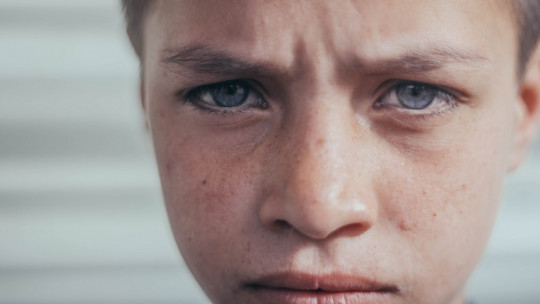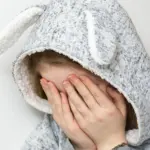Have you ever felt, as an adult, that you are not able to control your emotions or your thoughts in relation to some situation or person? Have you rationalized what you should do but are not able to sustain that decision? Have those close to you told you that you were dramatizing what happened? I present to you, then, your inner child.
I always explain to my clients that we are made of parts. We have parts that help us enjoy life, organize ourselves, calm down, not stop, judge situations… And there is even a phrase that shows that this idea of parts has penetrated our collective unconscious: “There are a part of me that tells me…” This phrase is relatively common not only in consultation but in everyday life.
There are parts of us, in the now, an adult Self or an elderly Self, but also There are parts that, although they have their origin in the past, continue to be with us ; There is in us a childish Self and an adolescent Self as well.
Understanding the child self
Children do not have sufficient emotional or cognitive resources to understand why some situations happen or how they should respond emotionally to them for better pain management; We adults are the ones who guide those interpretations and emotions, we are their models. These children learn based on the messages and behaviors they have as references in adults. If an adult does not help that child to adequately manage or look at that situation, the emotional wound will remain with him.
Let’s imagine a person who, every time a friend cancels a plan or tells him that he can’t meet, feels abandoned and has a hard time calming that feeling. Now let’s imagine that this person spent two years of her childhood living with her grandparents because her parents could not care for her for health reasons and were immersed in her illness. Would it make any sense to think that this boy or girl would have been sensitive to rejection or abandonment and would develop as an adult being also sensitive to rejection or abandonment?
When we feel out of control, overwhelmed, without resources, it is most likely this inner child who has taken control of the situation. , and as a child, you have no ability to look beyond how you learned or what you were taught. We have as many inner children as there are wounds to heal.
But inner children do not only appear in negative situations also appear when we play or have something to enjoy with friends, or practice an activity that we have loved since we were little.
How do you work, then, with inner children?
Regarding the process, The idea is that the adult can see another way of interpreting what happened. As adults we do have the necessary resources to understand better and in a more peaceful way what happened to us, or the ability to acquire those resources. We can have a more empathetic view of those around us, understanding that, perhaps, what we experienced in the past was not just the way we evoke it in the present.
Human beings create our reality through our narrative , how we tell ourselves what happens to us is what makes us see the world in a certain way. It is not the same to say “my son is a crybaby” as “my son is sensitive.” Working with the inner child involves being able to give it another narrative, another way of telling what happened, easier to understand and less painful, perhaps, understanding more completely what we have experienced.
Thus, the person you will be able to take charge, as an adult, of what happens to you in your life and take responsibility for your own process so that you can sustain those situations that previously mobilized you so much on an emotional level.
Let’s imagine, finally, that this person who feels rejected, now looks at it from another perspective. He now introduces his grandparents as people of care and love and understands that the only way for his parents to recover was to dedicate time to them and that allowed him to be with them years later and enjoy them and the his family Sending that boy or girl was the best way those parents found to take care of their child.
Maybe this fictional example will help you understand a little about how inner work works. I leave to you the task of estimating whether this other perspective of how to look at what happened could help that person heal that wound, and I encourage you to work on yours.









